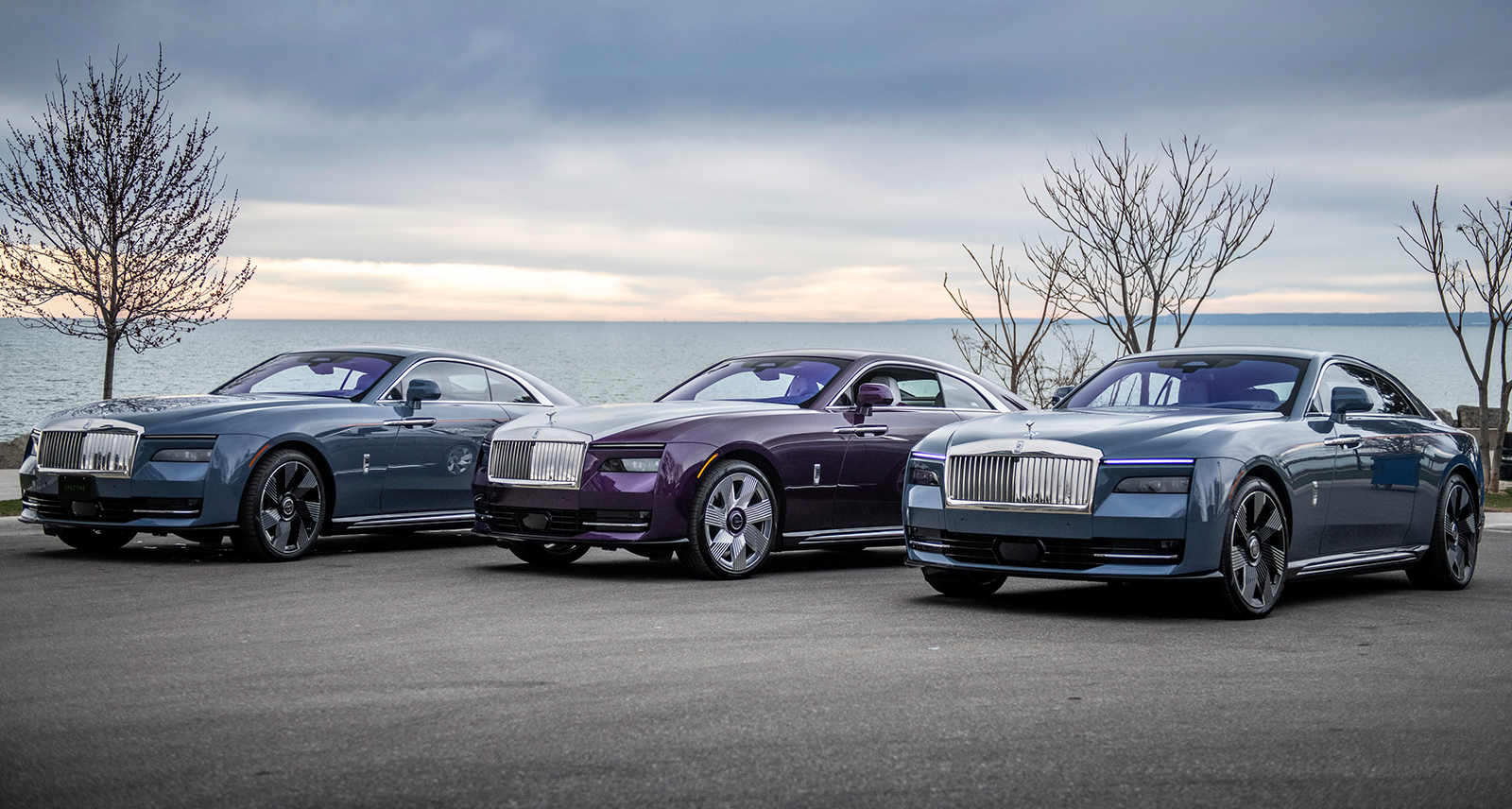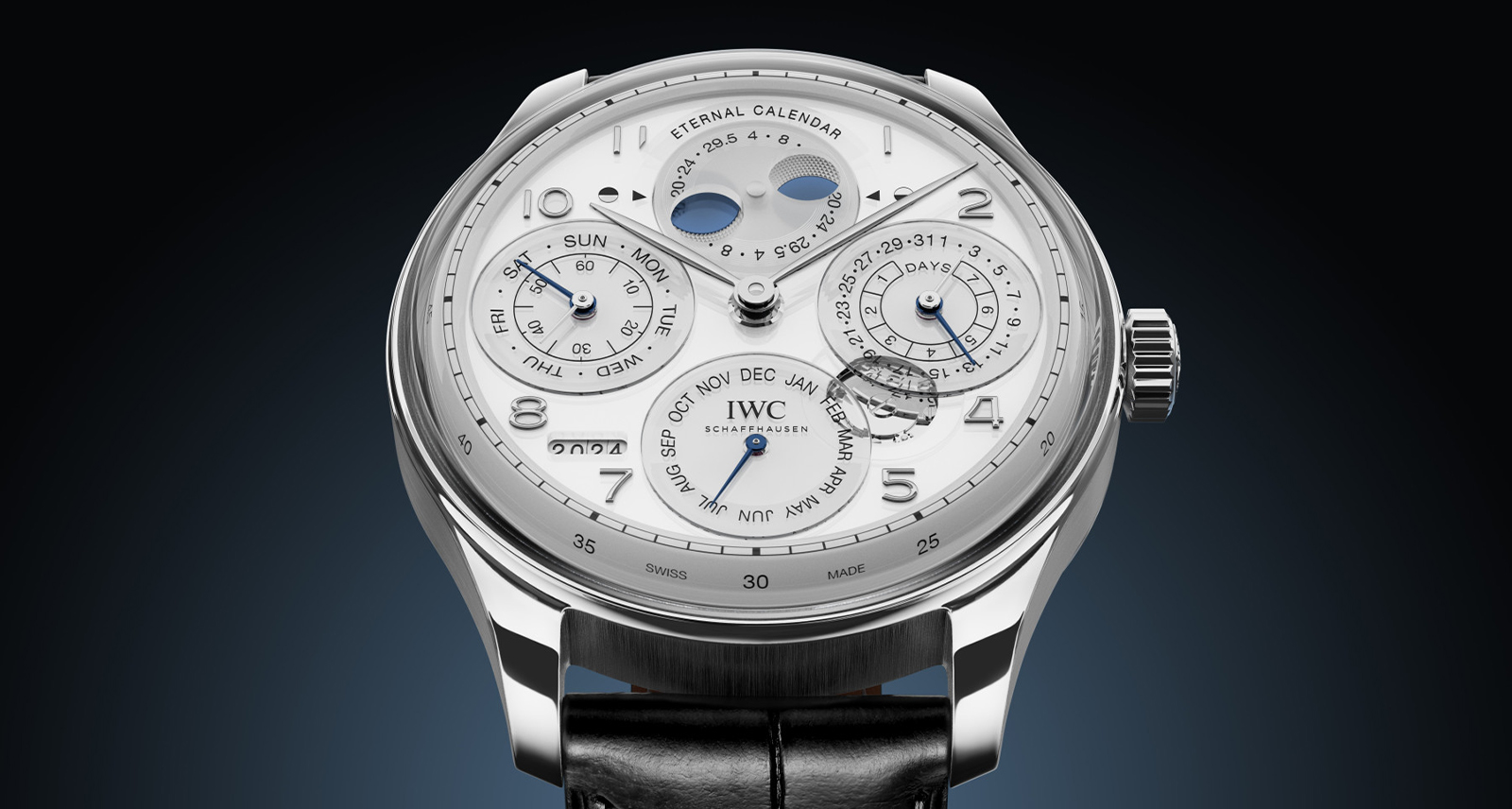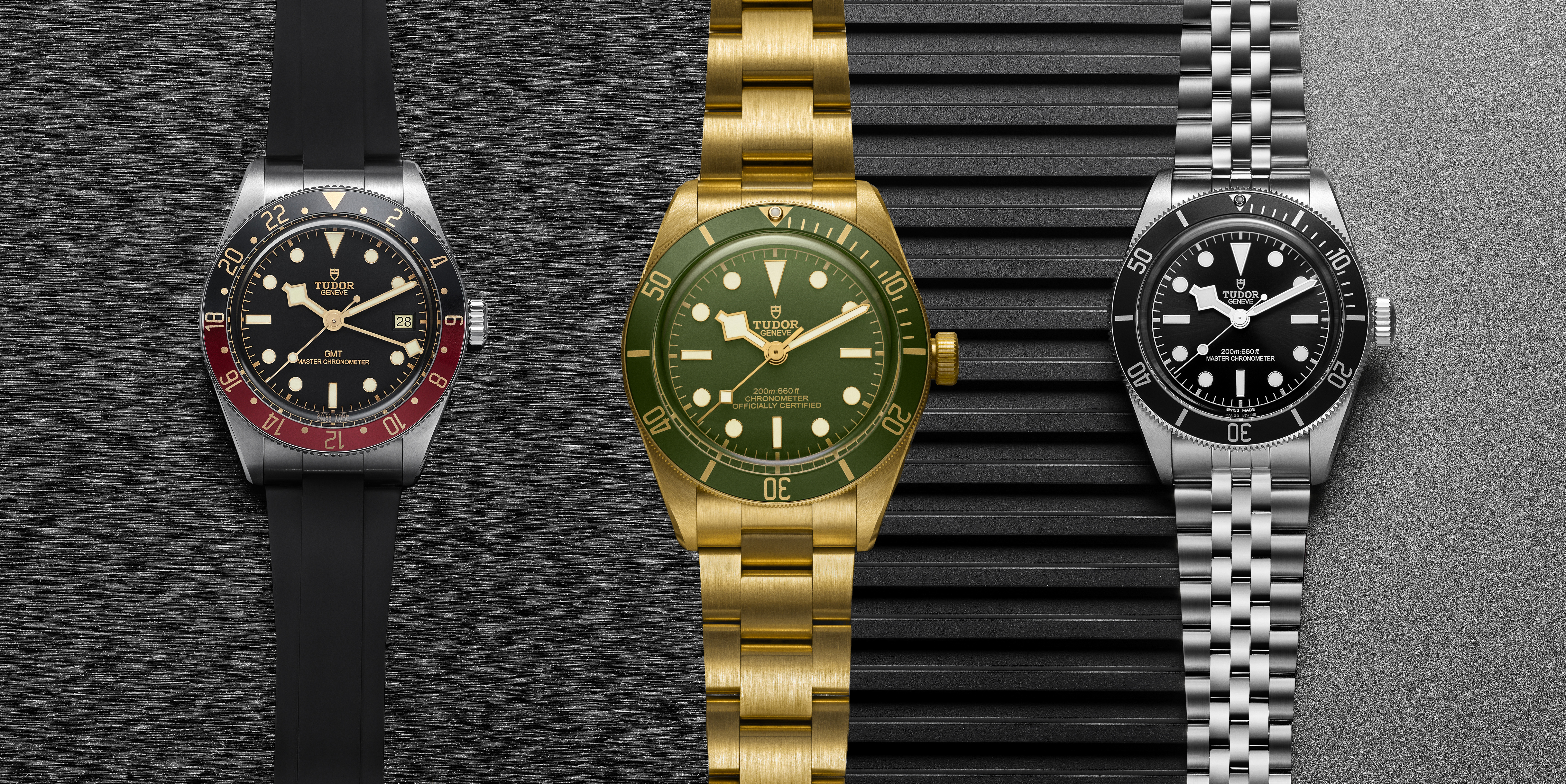Why Sequels Matter
Earlier this year, American Sniper’s US box office haul pushed past the $337 million mark, making it the highest-grossing film released in 2014. To understand what an anomaly that is, you can look at the other 14 movies that round out the top 15 highest-grossing films of last year: all but one of them is a sequel or a potential sequel with a follow-up already in the works. The last time a non-franchise movie topped the annual US box office was in 2000, when How the Grinch Stole Christmas came out. And given that a new animated version of The Grinch is set for a 2017 release, even that might be stretching the case.
American Sniper’s significance, then, is its insignificance; its success is a blip in the data. And blips aren’t what Hollywood is about these days. In an article for Grantland late last year, Mark Harris counted 70 sequels planned over the next six years — 47 in the next two alone, meaning that the total will surely be much higher. He also counted 32 Marvel/DC films, most of which, for all intents and purposes, serve as a prequel, sequel, or companion to the rest. Franchises “are the movie business,” Harris argued with little celebration, and, frankly, both the argument and sentiment are easy to understand. Anticipating the second Avengers, third Taken, fourth Transporter, fifth Pirates of the Caribbean, sixth Resident Evil, and seventh Fast and the Furious can feel like climbing further up a ladder of redundancy. A pernicious syllogism begins to form: we live in the age of sequels; sequels suck; therefore our culture, as far as movies are concerned, is a black hole.
Anticipating the second Avengers, third Taken, fourth Transporter, fifth Pirates of the Caribbean, sixth Resident Evil, and seventh Fast and the Furious can feel like climbing further up a ladder of redundancy.
And yet, light does manage to shine through; quality can prevail. Sequels can be more than enjoyable wastes of time. They can be good. The key is calibrating our expectations so we can see that. If we’re going to talk about sequels — and at this point in the year, it’s either that or hibernating until November — we have to disregard The Godfather: Part II. Ignore The Dark Knight. Forget The Matrix sequels (like, really forget those). Movie series in which visionary directors pursue high-minded ambitions are exceptions to the rule. More often, a good sequel is one that offers sparks of novelty within an otherwise expected, predictable package.
This can be a matter of writing — the Wikileaks- and Edward Snowden-inspired political thriller at the heart of Captain America: The Winter Soldier — or going full throttle with the visual spectacle, as with Brad Bird’s floating camera providing the high-flying Dubai set pieces in Mission Impossible: Ghost Protocol. It’s rarely about overturning formulas. It’s about accommodating new ideas within them.
In this respect, the Mission Impossible series might in fact be the guiding light for our age. Since 1996, it has been branded by Tom Cruise, but each instalment has been marked by the unique style of its four directors (in order, Brian De Palma, John Woo, J.J. Abrams, and Bird). The four — soon to be five — movies in the series may all sound the same (literally, in the case of its iconic theme music) but the change in directors ensures they never look alike.
Compare, for instance, sequences in De Palma’s original and Bird’s fourth instalment that, on the face of it, are exactly the same: in both, Ethan Hunt has to break into a highly-secured room to physically hack into a computer or server. De Palma’s scene is a paragon of precise, unflashy, near-silent visual storytelling; Bird’s is operatic, his camera flying drone-like as Hunt climbs a Dubai skyscraper to enter a server room from the outside.
To put it another way: The suspense in De Palma’s scene is predicated on watching whether a bead of sweat hanging on Hunt’s glasses will drop two inches onto a motion-sensor floor; in, Bird’s, it’s predicated on Hunt’s potential 130-storey drop to his death onto the streets of Dubai.
I offer no preference here, only the lesson that there are many ways for Ethan Hunt to break into heavily secured rooms. And in most sequels, it’s the choice of that path, not whether or not to go down it, that demarcates the space for creativity.
Sequels have always been easy ways to sap an idea for all it’s worth and part of that is a simple gamble: if people liked it once, they’ll like it six more times.
Of course, you can’t ignore the money. Sequels have always been easy ways to sap an idea for all it’s worth and part of that is a simple gamble: if people liked it once, they’ll like it six more times. And only when they stop buying tickets will we stop producing it. But even if franchises represent guaranteed cash cows for the spreadsheet, artistically they’re actually high-risk endeavours: there’s a limit to the new ideas you can bring in, but you still have to make us feel invigorated while revisiting (and revisiting and revisiting) old ones. Ethan Hunt has to say certain lines and stop a terrorist plot in Mission: Impossible if the series is to retain its identity; the artistry lies in sneaking in new ways of telling that old story. And, frankly, that’s a challenge for any filmmaker and genre—it’s one of the reasons why romantic comedies died out: Hollywood failed to find new, interesting (and emotionally honest) ways of telling the old story of a boy meeting a girl.
Still, most sequels seem to struggle with that principle. But then again the stereotype is largely true: most sequels aren’t good. And when they fail, it’s impossible to hide. Because they hark back to a better, original product, bad sequels are hardwired to reveal the meaninglessness of their existence. Meanwhile, no matter what approach a good sequel takes — the James Bond one, where it’s the actor who puts a unique stamp on the material or the Mission Impossible one, where it’s the director — its finer qualities rarely call attention to themselves.
That’s funny to write when discussing movies that often revolve around the threat of world annihilation. Yet, compared to this year’s Best Picture winning Birdman — which has been touted as a rare example of an innovative Hollywood movie and mocks blockbusters for their superficiality, but hides its own specious originality behind the length of its tracking shots — the visual acrobatics of Ghost Protocol are downright understated. They certainly don’t gloat in the same way.
The battle against derivative ideas, against regurgitated plots and characters served up as hot new meals, is an important one. But victory might be incremental rather than revolutionary, like parents expanding their children’s pallets by mixing new food with pablum. Sequels, reboots, franchises: they’re an opportunity. The tools to fight creative lethargy and predictable cinema is not limited to award-season dramas and self-consciously quirky indies. They could be waiting in a theatre near you, hidden inside a the next Fast and the Furious sequel.
Read the rest of Sharp’s Guide to Sequels.











